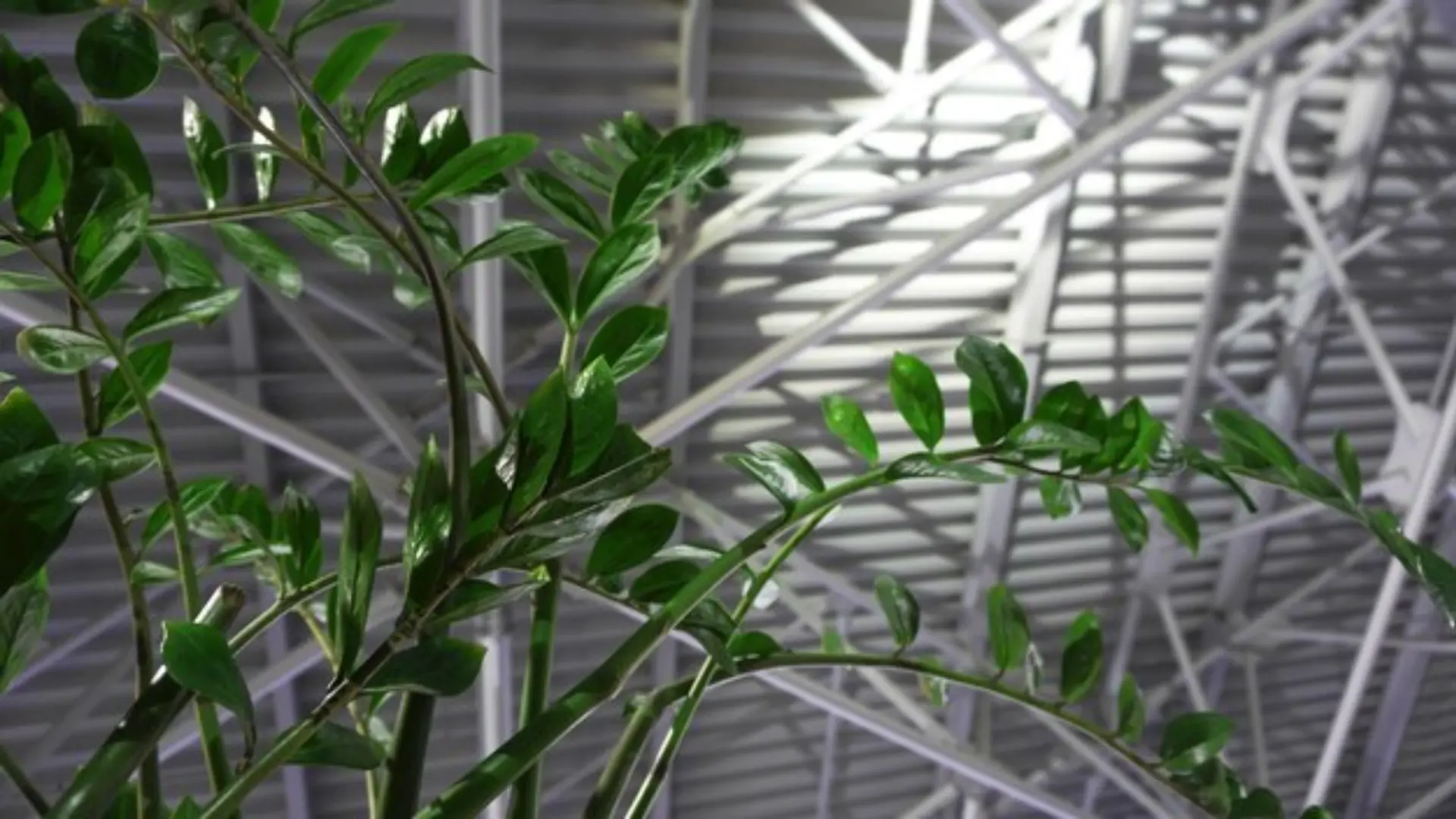
August 24, 2025

It is crucial for indoor growers to achieve appropriate airflow to keep their plants healthy, produce abundant harvests, and ensure long-term growth. Regarding regulated environments for growing plants, "airflow" ensures that essential factors like humidity, temperature, and carbon dioxide are dispersed uniformly. Growers can solve many problems with airflow management, including avoiding hot areas and humidity imbalances and maintaining stable levels of CO₂, which are essential for photosynthesis. When plants have enough air circulation, they are less likely to suffer from pests and mold and are better able to absorb nutrients, making them stronger and healthier overall.

Precise airflow solutions customized to each indoor growing environment's layout and particular requirements are required, whether a bit micro farm or a massive vertical farm. There has been a rise in the popularity of companies like Badgerland Ventilation and KE GreenDuct, which offer innovative ventilation solutions and services tailored to the needs of indoor farmers so growers may optimize crop yields, save energy costs, and cultivate a microclimate that supports plant health by implementing customized airflow solutions.
Any indoor growing space must have efficient airflow. By managing airflow, growers can control critical variables that affect plant development and yield, including temperature, humidity, and CO₂ distribution.
Establishing high-quality, homogeneous crop growth in indoor situations that need more ventilation becomes difficult.
For indoor farms of all sizes, from micro farms to massive vertical farms, KE GreenDuct has developed custom textile-based ventilation solutions that are revolutionizing airflow. With a wealth of knowledge, KE GreenDuct can provide growers with unmatched assistance in optimizing their growing conditions for optimal crop production and quality.
KE GreenDuct can revolutionize your indoor gardening environment in the following ways:
KE GreenDuctBreeze | KE GreenDuctEco |
|
|
|
|
|
|
Unique obstacles arise in indoor growing, necessitating specific ventilation systems. Without properly planned ventilation, indoor environments are more likely to experience issues with plant health and harvest production.
Specialized airflow systems are essential for overcoming these obstacles and establishing a steady, fruitful climate for indoor gardens.
Since its founding in 1983, the family-run business Badgerland Ventilation has supplied the agricultural and horticultural industries with reliable ventilation and airflow solutions. They provide reliable solutions for airflow management, which assist growers in keeping their surroundings constant and safeguarding the health of their plants.
The variety of goods offered by Badgerland, each designed to meet the specific needs of indoor gardening, is a testament to the company's dedication to quality and service:
Convection Tubing: To ensure regular airflow that supports plant growth, Badgerland's convection tubing is essential for dispersing air uniformly and preventing temperature imbalances and stagnant air.
Support Products: Badgerland's long-lasting duct mounting clamps, support wire kits, and hangers help growers achieve precise airflow in any indoor grow room or greenhouse.
Badgerland's dependable convection systems ensure ideal airflow, enabling growers to create healthier, more productive conditions all year round.
The many advantages of optimal airflow directly result in improved plant health and vigorous growth. By establishing a controlled, well-ventilated environment, growers can encourage critical processes that lead to improved yields and quality.
Microfarms and big vertical farms are only two examples of indoor growing facilities' different sizes and forms. The unique needs of each arrangement dictate the optimal ventilation system to be used.

In any indoor grow space, maintaining fresh air circulation is essential for healthy plant growth. Exhaust fans play a key role in this process, continuously moving stale air out of the area and replacing it with fresh air to avoid build-ups of hot air that could harm plants. For proper ventilation, a combination of exhaust fans and oscillating fans can help maintain a balanced environment, ensuring that air is circulated evenly and that CO₂ levels remain adequate for photosynthesis.
Many growers use carbon filters alongside exhaust fans to optimize airflow to remove impurities and odors as air exits, creating a cleaner atmosphere. So, a carbon filter paired with an exhaust fan is essential for removing stale air and ensuring proper ventilation in a grow space. Calculating the required fan capacity in cubic feet per minute (CFM) based on the total cubic feet of the grow space ensures that air is exchanged effectively, keeping the indoor environment stable and conducive to growth.
Maintaining adequate ventilation is essential for healthy plants, high-quality harvests, and long-term success in indoor farming. Growers can now use innovative airflow solutions developed by KE GreenDuct and Badgerland Ventilation to address the issues associated with controlled environments. These specialized ventilation systems allow indoor farmers to combat problems like uneven CO₂ distribution, stagnant air, and imbalances in humidity, creating a steady microclimate that supports healthy crop development and prevents diseases.
Growers can depend on ME GreenDuct's tailored fabric-based solutions and Badgerland's convection products to keep airflow continuous and up to par regardless of the size of their vertical farm, be it a micro-farm or a massive operation. By fine-tuning the airflow, farmers may increase yields while decreasing energy consumption. This optimal growing environment promotes plant health and propels the development of more sustainable indoor farming practices.
Disclaimer: This material is for informational purposes only and should not be relied on for legal, medical, financial, or any other form of professional advice.